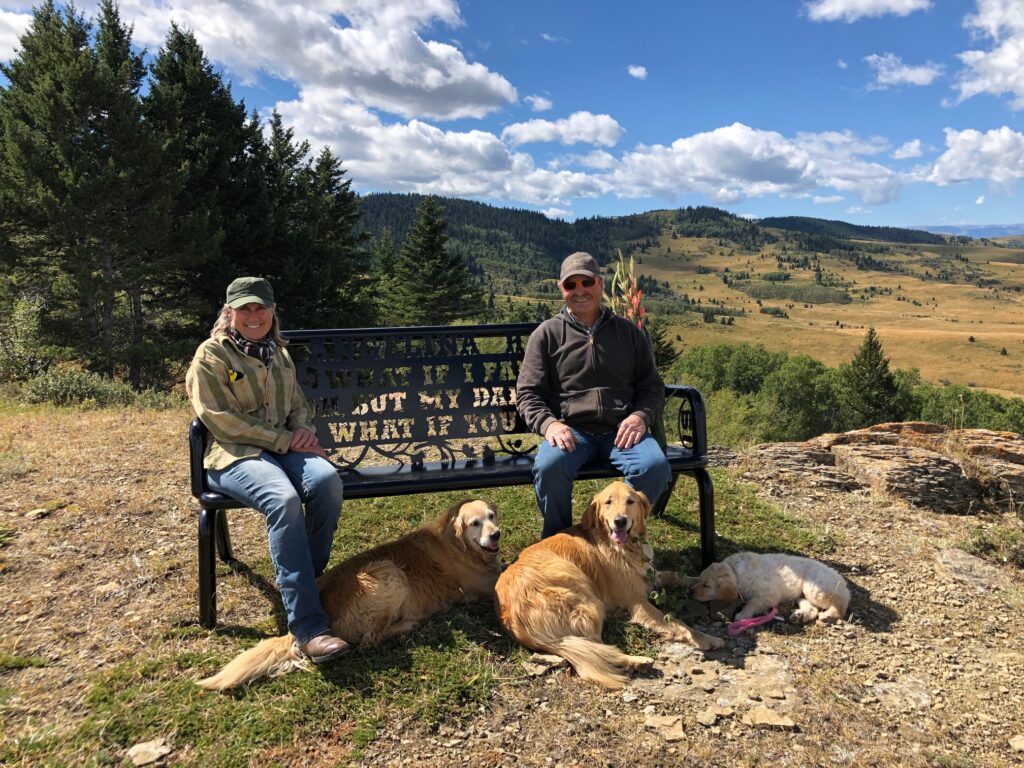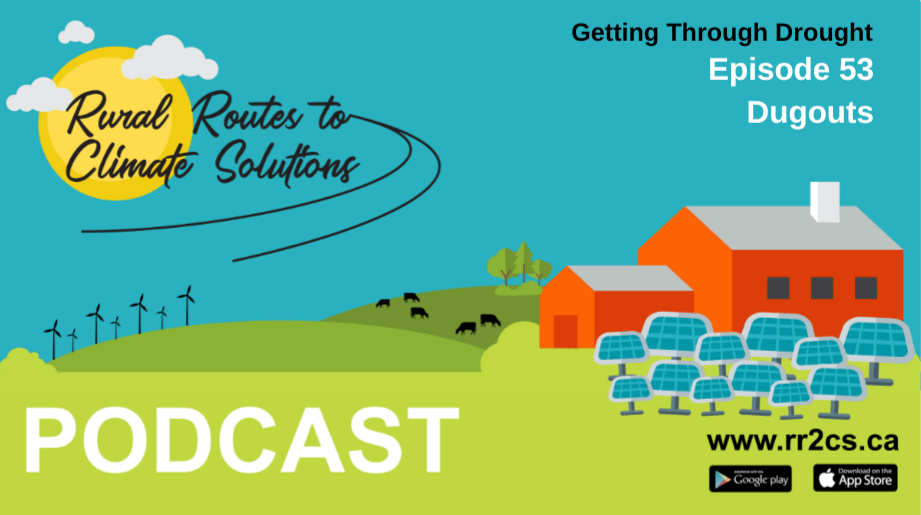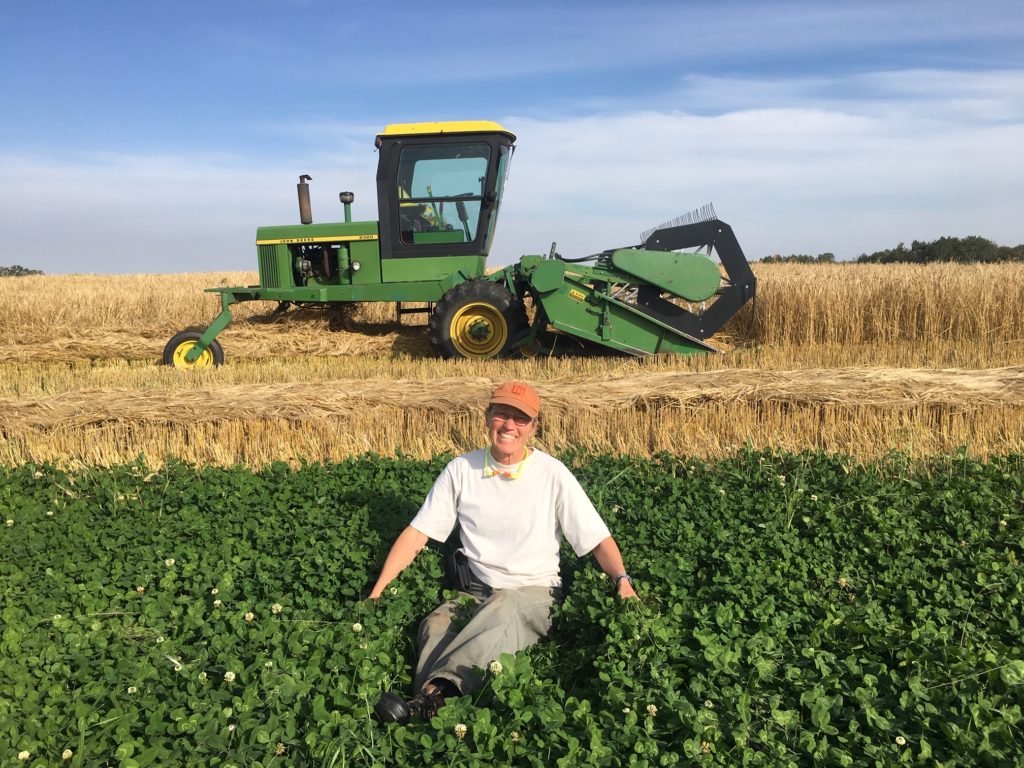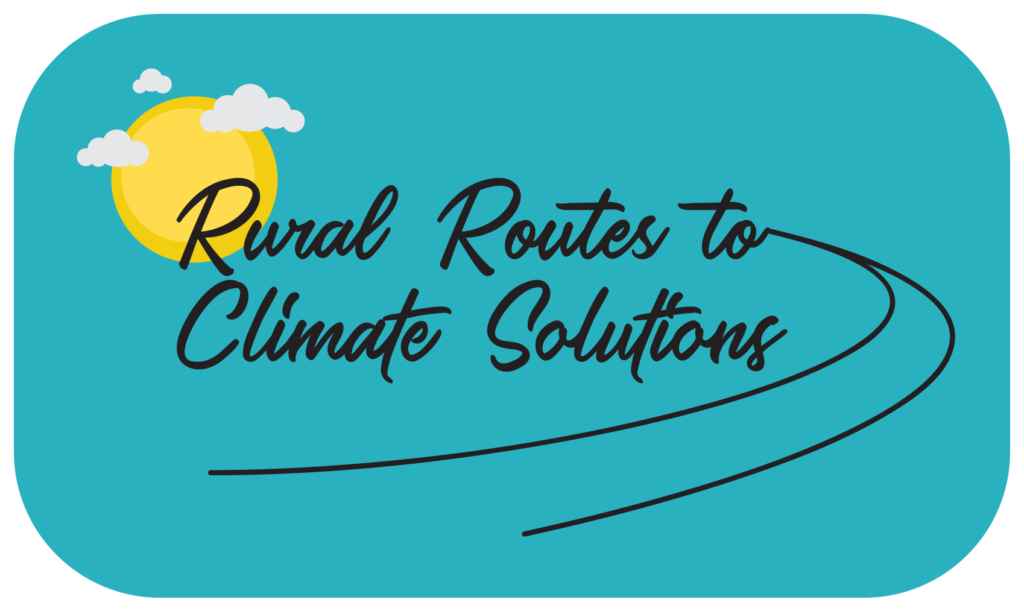The Healing Power of Collaboration – Timber Ridge, Stavely, Alberta

Glen and Kelly Hall have been managing Timber Ridge Ranch, a 480-acre farmland situated an hour south of Calgary near Stavely, Alberta, for over 40 years. Their approach to agriculture involves regenerative practices and the conversion of their land back to perennial coverage, including the cultivation of multi or polyculture crops for swath grazing. Their operations primarily consist of a cow-calf program with approximately 200 mother cows, and they also custom graze calves from fall to spring.
Since 2018, the Halls have been on a mission to collaborate with local organizations to rejuvenate their land, which was previously subjected to conventional farming methods involving fertilizers, herbicides, and pesticides. Over the last four decades, they have seeded an impressive 5,000 acres, aiming to enhance biodiversity both above and below the soil.
We spoke to the Halls about the challenges of ranching in Alberta’s drought-prone “banana belt” and how they’re adapting their practices to “drought proof” against increasingly warming temperatures and extreme conditions.
EP53 Dugouts

Podcast: Play in new window | Download
Subscribe: RSS
If you live in Alberta and raise cattle, odds are you’re going to try every possible way to keep that spring melt, or heavy rain, on your land. A tried and true method of ensuring that water doesn’t go wandering off is the dugout.
In this episode, Norine Ambrose, Executive Director of Cows and Fish, helps us understand the importance of protecting riparian areas (including dugouts) and how it can help with drought management.
Farming as though the Earth Matters – Brenlea Farms – Camrose, AB

Brenda Bohmer, a grain farmer at Brenlea Farm in central Alberta, realized she’d been draining sloughs for years in an attempt to farm more acres. She would seed around duck nests, but in order to deal with weeds, she’d farm right up to the edges of the wetland. “It’s a mindset you get locked into,” she admits. Bohmer’s goal? Create a year-round wetland and invite nature to help rehabilitate the natural wetland ecosystem and water cycle.
Several years ago, Bohmer partnered with Cows and Fish – Alberta Riparian Habitat Management Society. Within a year, nature took over the wetland and Bohmer was amazed to see the transformation of the riparian habitat. “I can still grow crops between the wetlands,” explains Bohmer. “But now I have a buffer which provides a separation between farming operations and the natural habitat. Bohmer points out that 80 percent of all types of wildlife in Alberta spend all, or part of their lives in a riparian area. “We can co-exist,” she says. “I like to think of this as farming as though the earth really matters.”
